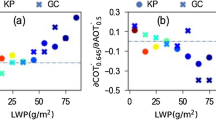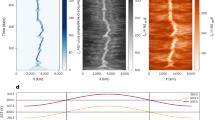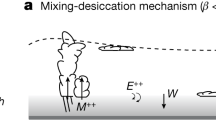Abstract
MR. CAVE writes: “I am not sure that I understand the second of Sir Archdall Reid's definitions of cloudlets—‘small diaphanous clouds that can be seen at the same time in every part.’” The preceding definition was “the smallest and thinnest fragment of cloud that can be clearly isolated.” I do not know how to express myself more plainly. On the other hand, Mr. Cave and I may not mean the same by “cumulus” and “cirro-cumulus.” If there be any difference, then, since I am a mere amateur, I am sure he is right. I can only say that my suggestion as to the utility of observing cloudlets is founded on many years' experience, and, so far as I can judge, on common sense. To me it appears true (1) that rain is preceded by the condensing of clouds, and a return of fine weather by their dissolving; (2) that when clouds wax visibly rain is probable, and fine weather when they wane swiftly; (3) that, in proportion to their sizes and densities, the waxings or wanings of big clouds are difficult to observe; (4) that, in proportion to their smallness, thinness, and isolation, the behaviour of cloudlets is easy to observe; and (5) that the behaviour of cloudlets is usually an index of the behaviour of neighbouring clouds, and therefore of current atmospheric conditions. I find it hard to believe that clouds commonly change their behaviours so rapidly “that the method is scarcely of more use than the tossing of a coin.”
This is a preview of subscription content, access via your institution
Access options
Subscribe to this journal
Receive 51 print issues and online access
$199.00 per year
only $3.90 per issue
Buy this article
- Purchase on SpringerLink
- Instant access to full article PDF
Prices may be subject to local taxes which are calculated during checkout
Similar content being viewed by others
Rights and permissions
About this article
Cite this article
REID, G. Weather Prediction from Observation of Cloudlets. Nature 117, 158 (1926). https://doi.org/10.1038/117158a0
Issue date:
DOI: https://doi.org/10.1038/117158a0



